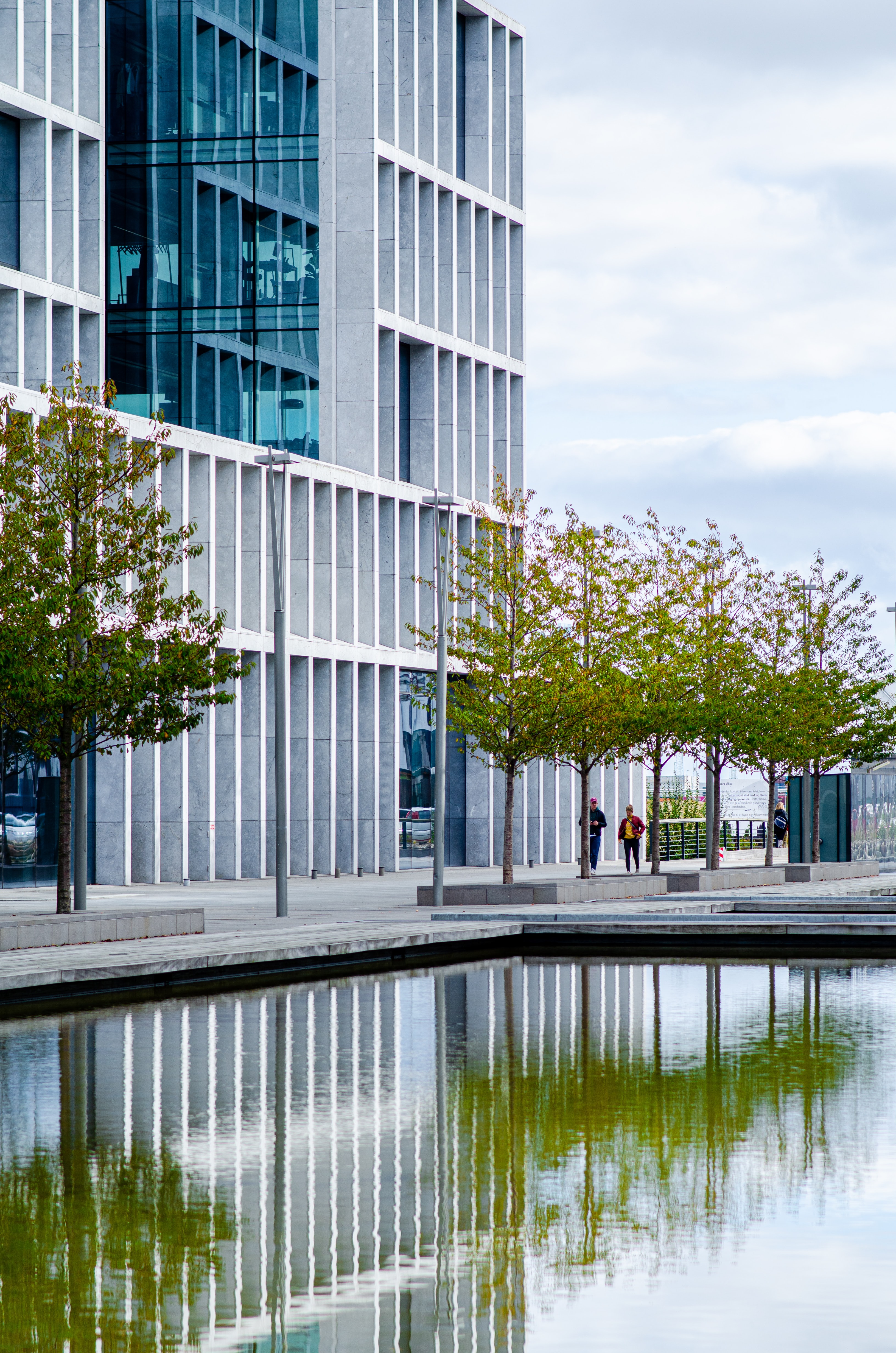
The gleaming edifice of the business headquarters has long signalled corporate innovation. They are the epicentre of an organisation’s brand, culture, innovation hub, business model, and decision centre. Prime real estate got scooped up, industries and sectors clustered, and entire company towns sprang up to support the centrally governed corporate structure.
Until, that is, the pandemic upended our notions of the office. The bundled utility of the corporate HQ and the economies of scale it offered are unravelling. The office you left will not be the one you return to.
Significant disruptive forces will reshape the idea of the central office building and the Central Business District where it resides. Calls for a uniform global tax rate hope to shift taxation from the firms’ headquarters and production location to the regions where sales are made. Robotic process automation and AI are eliminating the need for HQ functions and traditional roles such as IT, HR, legal, compliance, accounting can be accessed remotely. Outsourcing and automation could shrink the cost of having a corporate centre by 25 to 40 per cent, estimates PwC. And on top of that, the imposed work-from-home experiment worked better than we could have imagined, proving that knowledge workers can work from anywhere.
Businesses have realised that the employees of tomorrow don’t look like those of today. Many won’t be on the full-time payroll. Some won’t even reside on the same continent. Digital tools have made international outsourcing easier not just for process-oriented routines but also for collaborative and knowledge work.
Likewise, employees praise remote work—they can balance their professional schedules and personal goings-on efficiently, save time, energy, and money on the commute, and focus better without the noise and distraction of open planned floors. The number of companies who see remote work as a part of their future workforce has gone up from 37 per cent pre-Covid 19 to 70 per cent.


The 500 largest multinationals see 75 per cent of sales within one of three regions—North America, Europe, and Asia Pacific. Only a few see 20 per cent or more of their revenue come from each of the three regions. This raises the question: Are these firms really global? Investing in local markets, capabilities, and talent is the only way for companies to be truly global. Oversight from a centralised head office only delays their ability to tackle rapidly evolving challenges head on.
Business units today need workforces that can manage change and shift gears quickly. Flexibility and agility are crucial.
As we emerge from the pandemic, their choice of new headquarters will speak volumes about companies. Do they push employees to come back to work? Or do they avail themselves of the benefits of coworking spaces—scaling up or down as required? Businesses are turning to hospitality, amenities, and concierge services to lure employees back to the workplace. This trend will continue as firms try to create environments that draw people in.
